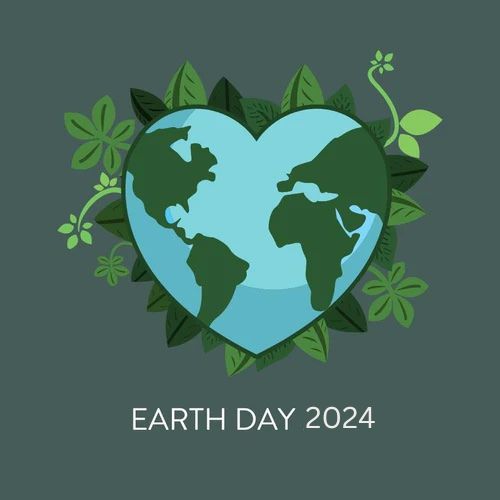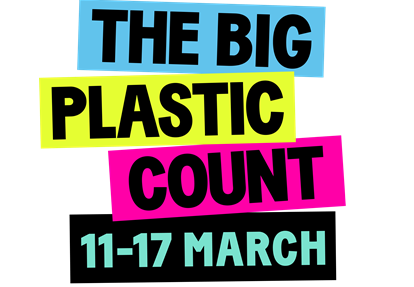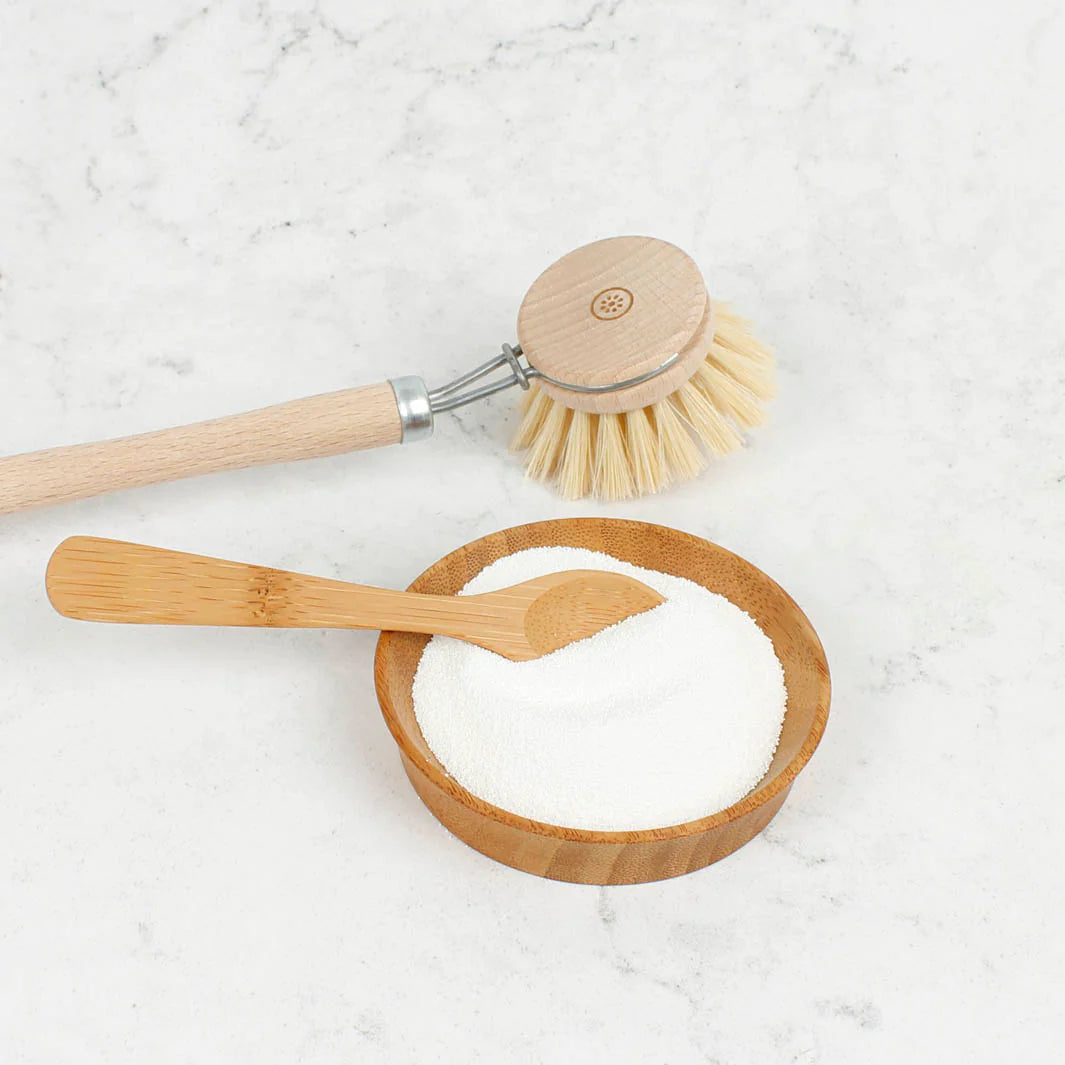Green Guide to an Eco Friendly Halloween
Halloween has a dark secret when it comes to its environmental impact, leaving behind a trail of unsustainability. In this Green Guide, I delve into the scariest side of Halloween - the waste - and provide you with practical tips on how you can enjoy a more eco-friendly Halloween.
Halloween Waste Facts
Halloween is the second biggest waste-producing holiday in the UK, after Christmas. In 2019, UK households generated 183,000 tonnes of Halloween waste, including 100,000 tonnes of food waste.This is a shocking amount of waste, especially considering that much of it is single use plastic and the majority of it (70%) ends up in landfill. Only 10% of Halloween waste is recycled, and the remaining 20% is incinerated or composted.
A big contributor to Halloween waste is pumpkins. In 2022, it is estimated that 39.9 million pumpkins will be bought in the UK, and of these, a whopping 22.2 million pumpkins will go to waste, left uneaten. This is equivalent to £32.6 million worth of edible food!
What Are The benefits of Reducing Halloween Waste?
There are two main benefits to reducing waste at Halloween: The environmental impact, and how much money you can save.
Much of the waste created at Halloween is from single use plastic, such as mass-produced decorations and polyester costumes to plastic wrapped sweets. This type of plastic is flimsy and very hard to recycle, which means it usually ends up in landfill after just one year.
Some of the impacts of plastic production and disposal include:
- Temperature rises from fossil fuel burning
- Land, air and ocean pollution with plastic and micro plastics
- Huge plastic islands are choking our oceans and killing wildlife
- Plastic particles have been found in the most remote locations such as Arctic ice (The BIG North Pole) and living tissue
- Plant and animals are carrying plastics in their cells, with unknown long term health effects
Plastic is quite simply in the air we breathe, the water we drink and the food we eat.
Plastic does have many significant uses; however, the downsides are quite significant as well. Without wanting to demonize plastic, it is clear that we cannot continue producing and disposing of such large quantities of plastic as we have been doing for decades. You can read much more about plastic in our Green Guide to Plastic.
In terms of how reducing Halloween waste can save you money, according to a recent survey by Finder, the average family in the UK spends £95.70 on Halloween each year. This includes the cost of costumes, decorations, sweets, and other related expenses. Whilst the focus of this guide is reducing the environmental impact of Halloween, an added benefit is that most of these tips will save you money - we think having a low waste Halloween will cut this cost by at least half.
Luckily, there's loads of different low waste options when it comes to Halloween, so it's not about stopping the fun, just changing a few ways we go about it.
Greener Halloween Costumes
No, this doesn't mean that everyone has to go dressed up as the Hulk! The largest environmental impact from Halloween stems from the millions of low-quality, quickly made costumes that are produced in bulk each year. Most are from materials like polyester (yes, essentially another form of plastic!). These outfits are not built to last and often end up in landfills after just one day of use.
Here are some sustainable Halloween costume ideas instead:
- Reuse your existing costumes, or hold a costume swap with friends and family
- Buy second-hand costumes and decorations. This is a great way to save money and reduce waste
- Make your own costumes using existing clothes and materials you have at home
- Hire costumes - hiring costumes has gone out of fashion in recent years with the rise of cheap options available from Amazon and supermarkets, but costume shops have a huge range you can rent
- If you are buying new costumes, look for ones made with reusable materials and consider how they can be adapted to use for different costumes in future years
Plastic Free Halloween Treats
Individually wrapped sweets typically handed out at Halloween for trick or treaters, also generate a lot of waste. The wrappers are typically made of plastic, which takes hundreds of years to decompose in landfill. Additionally, the production of plastic wrappers requires a lot of energy and resources, which contributes to climate change.
Homemade biscuits make a lovely plastic free alternative, otherwise look out for paper wrapped sweets instead, which are quick to decompose even if not recycled. More and more brands are swapping to paper, such as Quality Street. The other options are biodegradable wrappers or foil wrappers, although this does require recycling.
Low Waste Pumpkins
15 million pumpkins are carved for Halloween...and not eaten. That's £27.6 million worth of pumpkins in the bin. That's not just wasting a meal. It's also wasting the water and energy that's gone into growing and transporting them. You can in fact eat the entire pumpkin apart from the stalk, so instead of letting it all go to waste, here's our tips:
- Decorate your pumpkin rather than carve it. You can paint, decoupage, anything you like to the outside, safe in the knowledge the yummy insides will be fresh and ready for you to cook when you're ready to.
- It's a versatile vegetable with many culinary possibilities beyond just carving faces into them. Here are some tips to help ensure that your pumpkins don't go to waste:
- Cook up a delicious meal: Pumpkins can be used in a wide variety of dishes, from soups and stews to curries and pies. There are countless recipes available online that showcase the versatility of this seasonal ingredient.
- Roast pumpkin seeds: Don't discard those seeds! They can be roasted with various seasonings and enjoyed as a healthy snack or added as toppings to salads, soups, or even desserts.
- Get creative with leftovers: If you have leftover cooked pumpkin that you're not sure what to do with, consider adding it to smoothies or incorporating it into pancakes or muffins for an extra nutritional boost. By making use of every part of the pumpkin and exploring different culinary options, we can reduce food waste while enjoying delicious meals at the same time.
- Any leftovers can be popped into your compost rather than into the bin.
Eco-Friendly Halloween Decorations
You may wish to decorate your home for Halloween alongside your pumpkin. If this is the case, forget the plastic tat and get creative and recycle old materials to create new Halloween decorations. For example, you can use old sheets to make ghosts, cut out newspaper for spider webs, ghost garlands and paper bats. Or you can even knit your own everlasting pumpkin - how's that for a more sustainable option?
If you do need to buy new Halloween decorations, try to buy them from local businesses and look for products that are made from sustainable materials.
Halloween can be a fun event to celebrate, but it's helpful to be mindful of its environmental impact. By following the tips in this guide, you can enjoy a more eco-friendly Halloween without sacrificing any of the fun.





